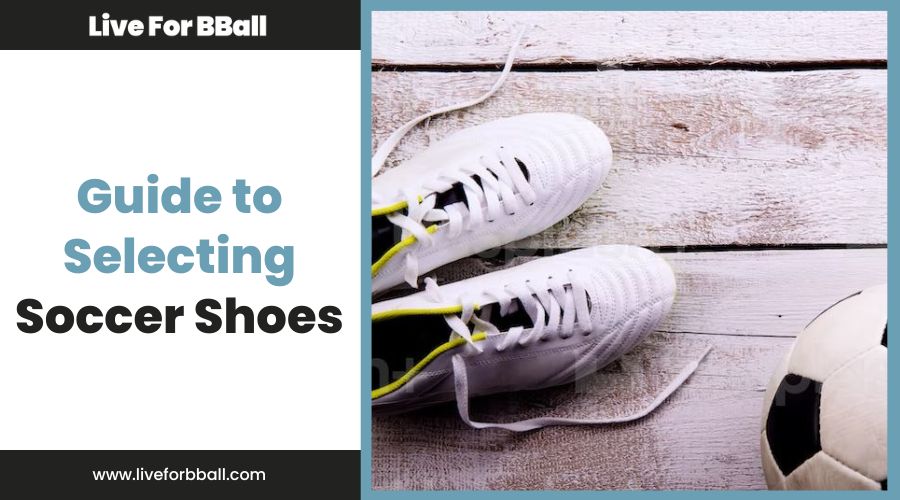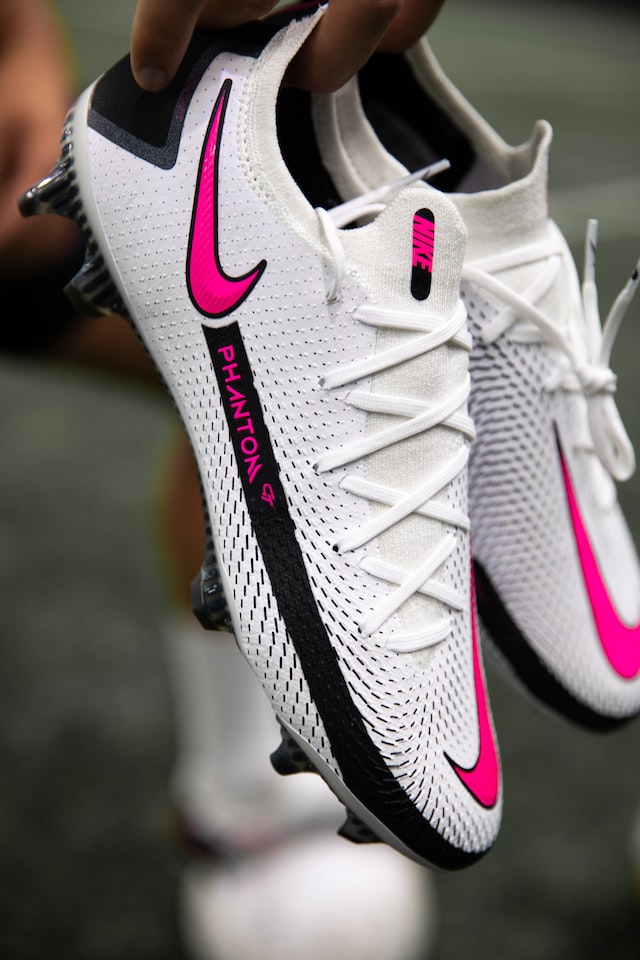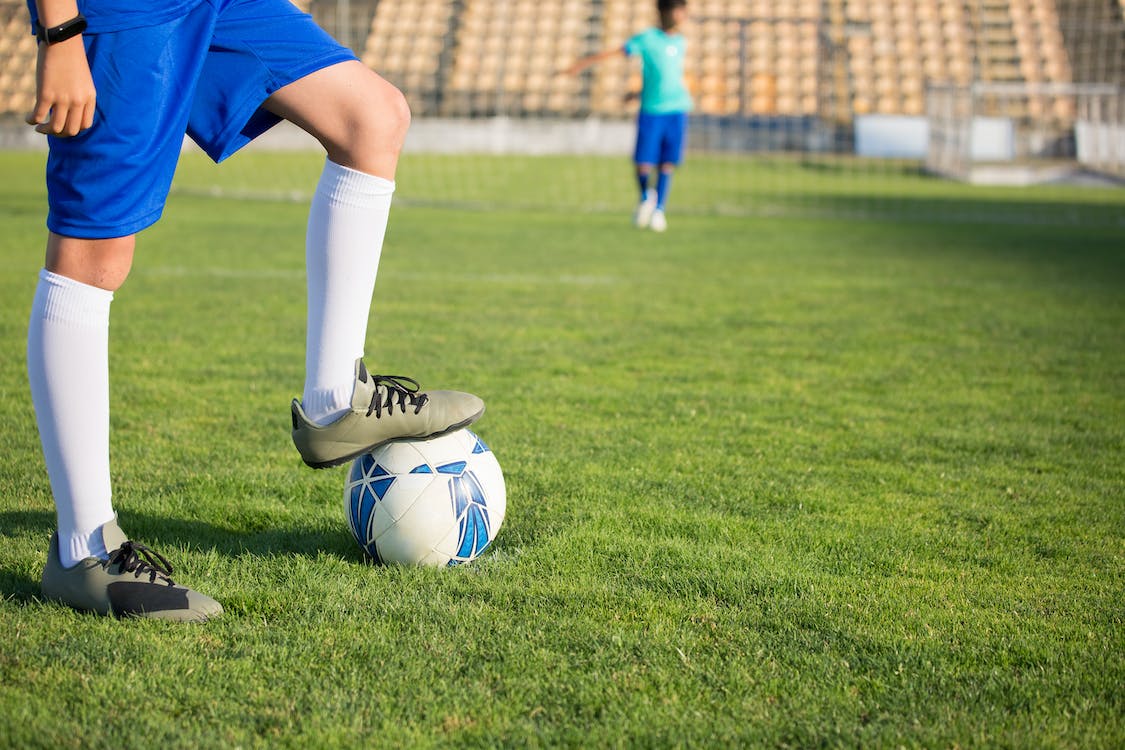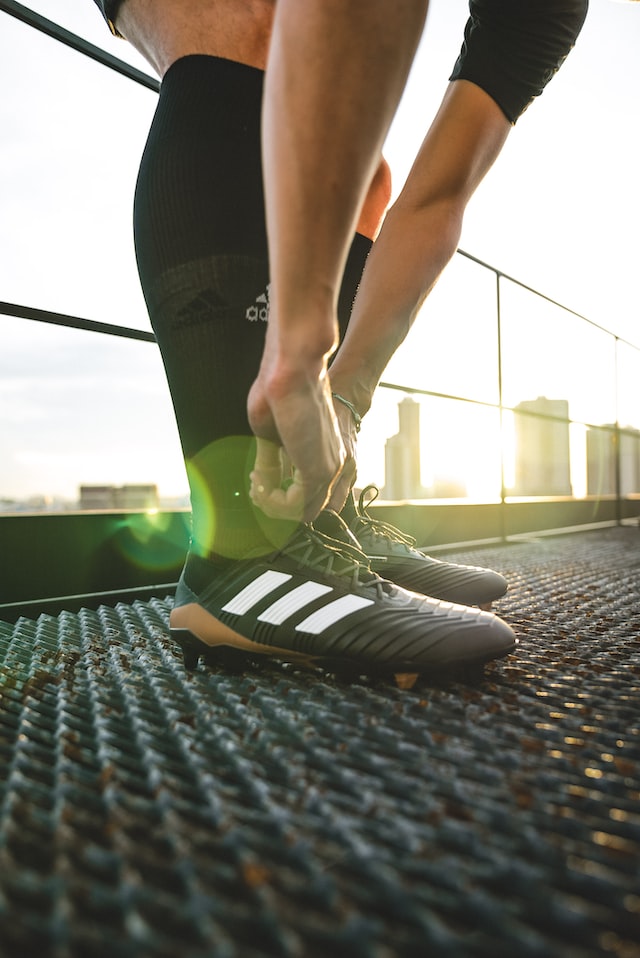Why are Nylon and Polyurethane Used in Soccer Cleats
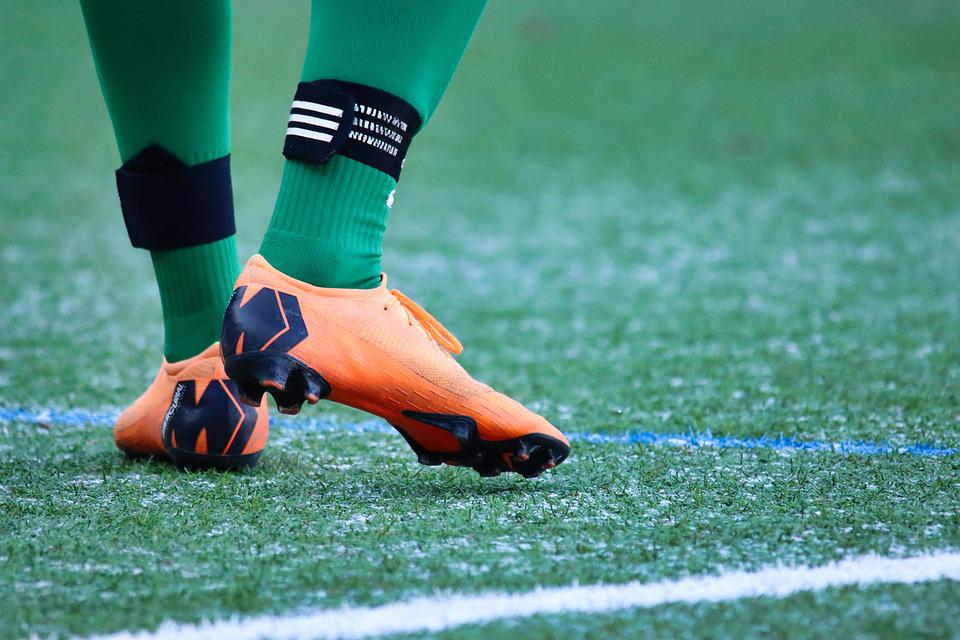
Soccer cleats are footwear that soccer players wear while playing the game or practicing it. They’re not just simple shoes; there are studs on their outsole so that the wearer can have a proper grip even when playing outside. Football or soccer shoes may have had humble beginnings, but they’re now a properly thriving industry with all sorts of price ranges and types available on the market.
With the high demand for quality soccer cleats, there’s also a lot of research, marketing, sponsorship, and product development for these shoes. The more high-end brands focus on making top quality shoes with the best material so that professional players don't have any issues during a game. There are also more reasonable options available so that amateurs and beginners can practice properly. However, the materials for soccer cleats usually contain some forms of nylon and polyurethane no matter who the manufacturer might be.
The Various Materials Used for Making Soccer Cleats

As mentioned before, the main purpose of soccer cleats is to give the player traction on the playing ground. These little nubs will grip the surface and prevent the wearer from sliding or slipping, letting them focus fully on the game.
There can be many materials utilized in the making of soccer cleats. You have natural options like rubber and leather, and synthetic ones like nylon and polyurethane.
The Cost Factor
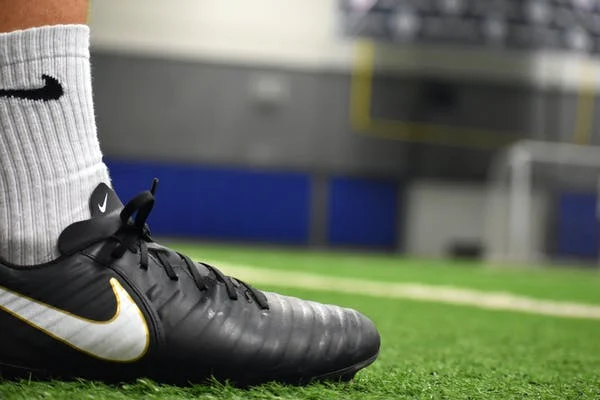
For players who can afford it, kangaroo leather seems to be one of the best options around. Its unique texture and durability make it perfect for gripping the ground and lasting long enough for several years of playing. At the same time, it’s also a lightweight and breathable option, which is good for soccer players. A soccer player needs to be active on the field at all times, and leather cleats will help them be agile without worrying about destroying their cleats or slipping.
However, in the mainstream market, nylon and polyurethane are the most common material for soccer cleats. They’re not just more easily available, but also rival leather options in durability. They’re also a more cost-effective option, which is crucial when you want quality shoes but can’t pay top dollar for them.
The Role of Soccer Cleats

Some decades ago, the shoes you wore for playing sports were seen as simply a cover for the feet. You can also read more about the evolution of sports shoes by checking out the history of soccer cleats.
This viewpoint has drastically changed, with football and soccer cleats now being viewed as an enhancer and tool for the player. This is not just a marketing ploy; shoe companies and brands have been working on amazing innovations in order to bring sports shoes to this level. As a result, professor players insist upon wearing the best shoes and cleats for their games and practices.
The two main priorities for any quality sports shoe manufacturer are protection and comfort for the player. Earlier on, they would simply make the shoes from heavy and sturdy materials in order to ensure durability. Now, the focus is more on making lightweight shoes which would also last a long time. The aim here is to make the player feel like they can move their feet around any way they want, like they’re wearing air. Again, the lightweight factor of nylon and polyurethane are best for this job. For tips on how to pick a suitable pair of soccer shoes for you in terms of materials and outsole types, read our Guide to Selecting Soccer Shoes.
Customizing Shoes to the Player Requirements
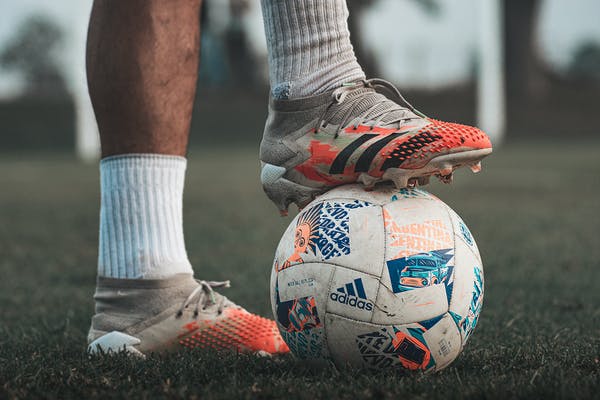
The top tier soccer or football players today might not even be satisfied with the quality shoes manufactured by the top brands. Today, players and their coaches prefer to check out the option of having customized shoes. It is possible to make custom football cleats that fit perfectly, firmly grip the kind of surface you’re playing on, and offer just the right amount of protection while playing.
Polyurethane and nylon might also come into play when making these customized cleats, alsong with several other materials. Let’s now have a look at how synthetic materials, including nylon and polyurethane, are utilized in soccer cleats today:
- Synthetic leather: since kangaroo leather and other types of real leather are too expensive to be used in everyday models of cleats, synthetic leather is the next best thing. This leather is made using polyurethane, with nylon also being one of its base materials.
- Thin materials: With nylon and polyurethane, it’s possible to make comfortable shoes even though the materials are thinner than real leather. With the lightweight result, the player’s foot won’t be weighed down. This also makes the ball region more comfortable and prevents injuries.
- Light insoles: Another innovation in the sports shoe market is a light, water-resistant insole. Teh aero technology here includes foam that includes polyol and polyurethane, which makes the design a water-resistant. As a result, the light insole supports quick changing of positions, running, and all sorts of activities without wearing down too easily.
- Outsole construction: The outsole of today’s soccer cleats is also made from different materials–these include synthetic leather, natural rubber, nylon, and polyurethane. Modern football and soccer shoes now mostly contain polyurethane material due to its lightweight result. This is why even most of the top brands use polyurethane heavily in their designs and models.
- Base plate: A football shoe or soccer cleat may also have a base plate, which combines material such as carbon, TPU, polyurethane, etc.
Further Customization
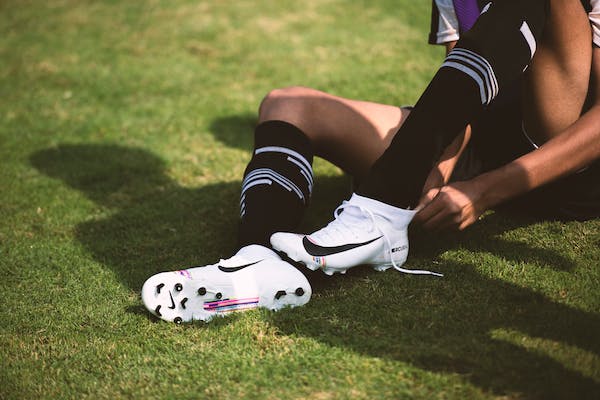
Other than the material of the shoes, many soccer and football players have personalized their shoes in different ways. This is both for improving the appearance of the shoes and also to make them identifiable with the player. Players like Christaino Eonaldo, Lionel Messi, Neymar, and others have personalized shoes that may have their player number, children’s names, or a flag on the exterior. Retailers like Puma, Nike, and Adidas also offer options for customization through the use of embroidery machinery.
The Use of Carbon Fiber
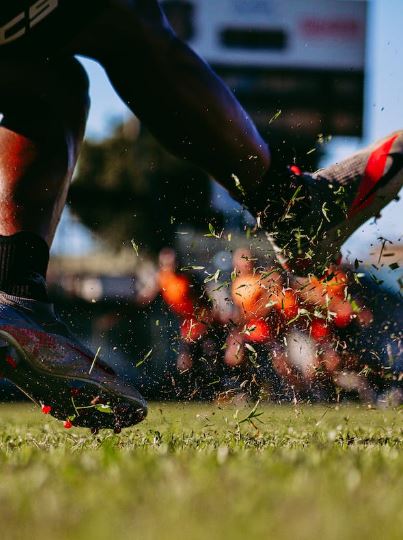
Many of the top shoe companies of the world are now also using carbon fiber in their shoe construction. This might be included in polyurethane compounds and coated with nylon among other materials. Carbon fiber is a preferred option by brands such as Nike sure to its exceptionally lightweight. It also makes shoes more durable and more flexible than before. Where the average weight of the older sports shoes could go up to 500 grams, innovations like carbon fiber have allowed manufacturers to come up with models that weigh just 190 grams.
Conclusion
Soccer cleats and other forms of sports shoes are getting better designs with every passing year. There are several trends, technologies, and innovations that are being used to make the shoes as helpful for a player as possible. Most of these innovations and new designs will not be possible without the use of nylon and polyurethane. The designs may also contain silicon, castor beans, cotton, and synthetic polymers to make the shoes as comfy and lightweight as possible. While the combinations may vary, having some form of polyurethane and nylon in the construction is usually a must. If you’re interested in knowing more about sports shoes, look up the different types of football cleats we can buy today.

